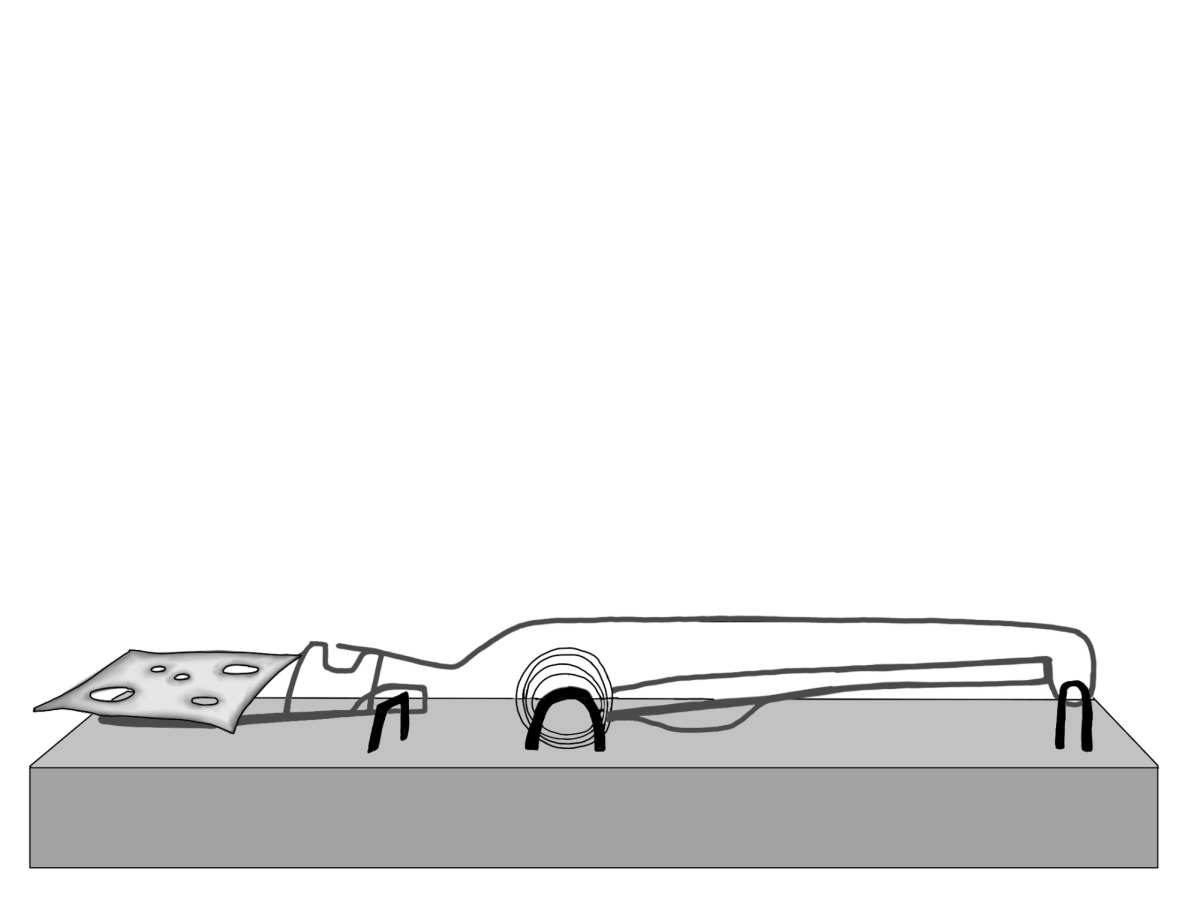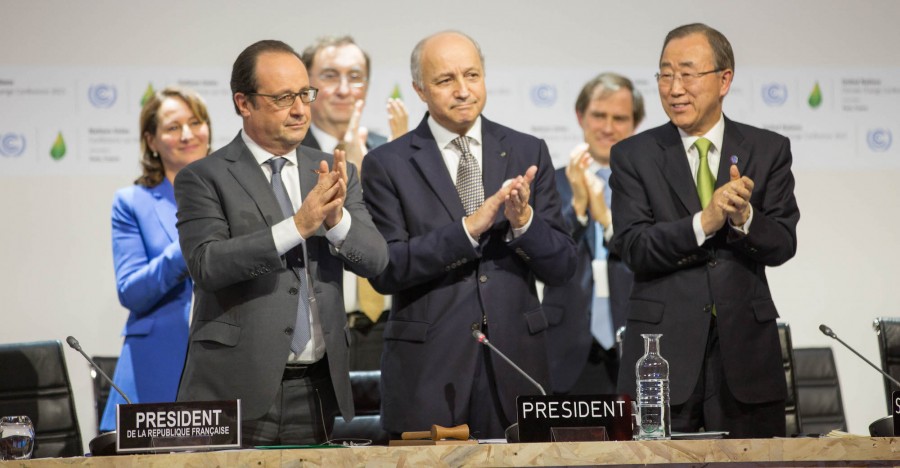The Paris Climate Accord: a summary
December 14, 2015
Saturday, December 12 marked the date of the agreement between the United Nations for a commitment to lowering greenhouse gasses. The 195 United Nations, including developing states such as China and India, agreed to take measurable actions to limit their amount of harmful gas emissions such as carbon. This agreement seeks to limit the effects of global warming, an increasingly severe problem since the Industrial Revolution. After world leaders have worked for nine years on a deal that nearly 200 nations would agree upon, the UN secretary general Ban Ki-moon states, “For the first time, we have a truly universal agreement on climate change, one of the most crucial problems on earth.” Many are asking, however, to what extent will this deal will truly eliminate the environmental problems we face?
Naturally, the only way for this agreement to reverse the damage we have caused to our earth is for every country to follow through with their commitments. Previously, developing nations, such as China and India, were exempt from reducing their carbon footprints, while industrialized nations such as the United States were expected to pick up their slack. Clearly this has proven unsustainable, for the well-being of our earth is decimating quickly. These countries are now expected to change their industrial habits, along with the rest of the world, by refraining from coal use in order to cut air pollution and by allocating more funding to climate finance. Scientists conclude that if these agreed-upon actions are met, the world will refrain from a 3.6 degree (F) increase in global temperatures. If this increase in temperatures were to occur, our earth would face a point of no return, including a future of floods, droughts and severe food shortages. The Paris Accord contains the earth’s last bit of hope for the global economy, and has the potential to level out and ultimately decline the CO2 emissions that have been plaguing our earth for nearly a century.
Two facets of the Paris Accord ensure its success, the first being the requirement for these nations to reconvene every five years. These meeting will result in tighter environmental policies and serve as a means to check up on the progress of each nation. Secondly, an institutionalized peer pressure amongst the United Nations will encourage states to follow through with their agreements, so as not to be seen as laggard in comparison to their surrounding states. Provided that each nation within this Paris accord follows through with their liabilities, the Paris Climate Accord may be the very thing needed in order to sustain the life of our only planet earth.


























